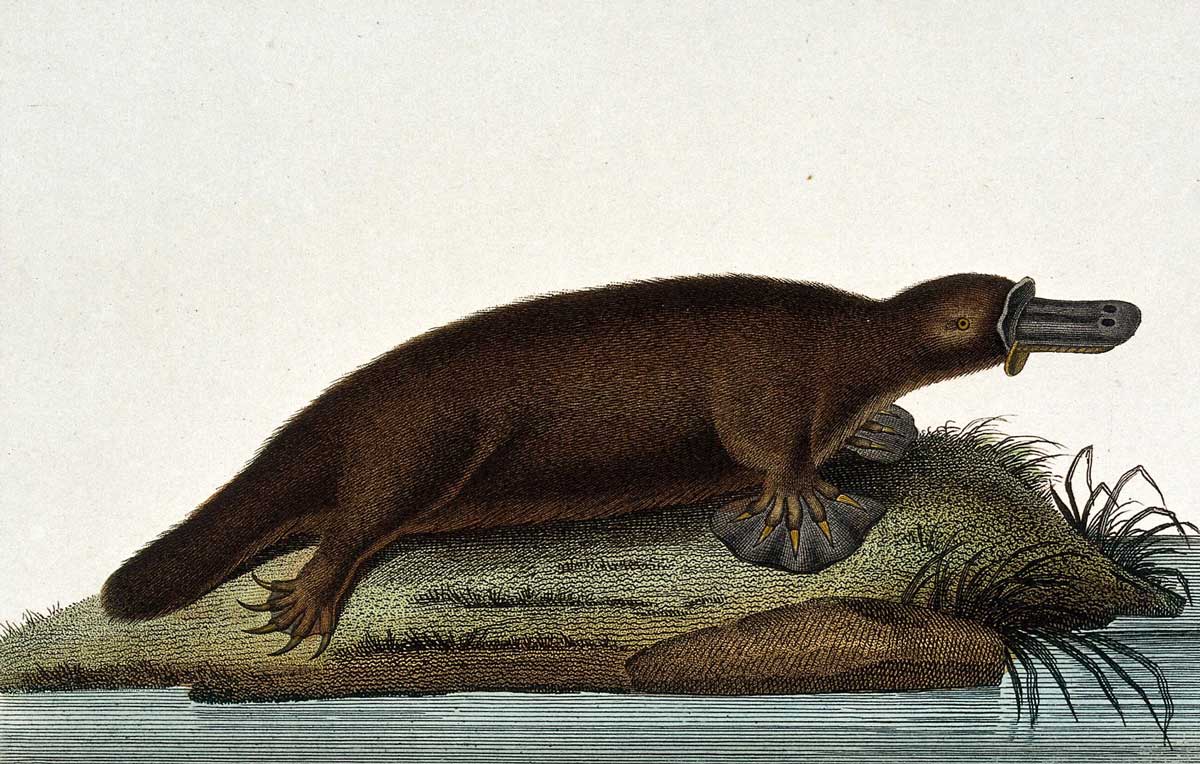Placing the Platypus
Defying categorisation since its discovery, was the platypus a mammal, a reptile, or something else?

On 29 August 1884 William Hay Caldwell sent the most important telegram ever written about a platypus. Then just 25 years old, he had spent four months searching for its eggs on the banks of the Burnett River in North Queensland – with little success. After much splashing around, he and his Aborigine assistants had found lungfish eggs, echidna eggs – everything, in short, but what they were really after. He could have been forgiven for wanting to give up. But a few days earlier he had shot a female. To his amazement, he found that not only had she laid an egg, but had actually been laying another when he had caught her. When he cracked one open, his excitement only grew. He dashed off a message to the annual meeting of the British Association for the Advancement of Science in Montreal. He kept it short – only four words. And to the telegraph operator, it probably seemed like gibberish. But it contained the answer to a century-long puzzle and transformed the way naturalists understood animal classification forever.
